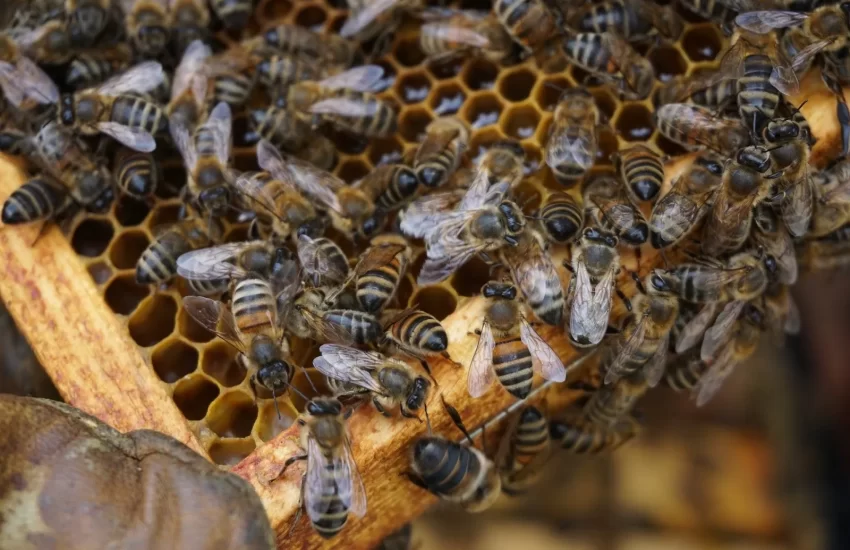Should I filter my honey?
Filtering raw honey is a risen a lot of debate among individual beekeepers. Most of them want to remove debris, pieces of wax, pollen grains, bee parts, and other debris in the honey. This makes the product appear clear when packaged in jars which is appealing to consumers. While some may buy with pieces of wax inside, no one can dare to buy honey with insect parts. This is why most beekeepers would want to filter honey.
By removing pollen grains from honey and other suspended materials, the nutrition content is affected. It also brings about a significant problem in testing. Any honey labeled “raw” should have pollen grains. They are one of the major contributors to the many health benefits of honey. Raw and unfiltered honey straight from the beehive is one of the most nourishing foods with countless health benefits.
Similar Articles you may like to read –
How do you store honey after harvesting?
Can you harvest honey from brood box?
Can you harvest honey that is not capped?
What is the best time of day to harvest honey from a beehive?
Should I filter my honey?
The filtration process removes waxes, natural enzymes, probiotics, beneficial pollens, propolis, and waxes present in unfiltered honey. It is less nutritious, with minimal health benefits for human health. It is also heated to make it less viscous and to make the filtering process easy. Some of the benefits include reducing inflammation, helping with allergies, boosting immune health, and soothing a sore throat.
The average pollen size is 25 microns. By using filters with like 200 microns or a cheesecloth, beekeepers think that most of the pollen grains will pass through. However, some studies show that most of the pollen gets stuck behind the wax and debris. This applies to most sieves sold commercially in beekeeping supplies stores. A better option to filter honey is to use a regular window screen material steel type). They have openings of a ¼ inch. It is advisable to heat the honey slightly to reduce the viscosity allowing it to pass through the sieve with ease. Again, ensure the sieve is not clogged by wax and debris. Overheating honey destroys most of the beneficial enzymes and antioxidants in honey.
How do bees produce honey?
Honey bees make honey from flowers’ nectar. They collect the nectar and store it in the honey stomach before ferrying it to the hive. The nectar is mixed with enzymes from the bee’s mouth, which changes its chemical composition. The bees then dehydrate it to lower the moisture content from 80% to 18% before storing it in the honeycombs. Once ready, it is capped with some fresh wax to prevent contamination and re-introduction of moisture. Bees first fill the brood chamber before storing honey in the supers.
More articles you may like to read –
Is honey bee poop or vomit?
Can honey carry disease? honey and disease
Can you eat honey straight from the hive?
Does honey expire? Can honey be ok after 12 months?
What is the difference between filtered and unfiltered honey?
Filtered honey is the common type that we find in food stores and supermarkets. It has a clear appearance and a smooth texture, making it easy to pour. Unfiltered has most of the natural components intact and has great health benefits. It contains pollen and pieces of wax giving it a cloudy appearance. It is rising in popularity due to its health benefits.



